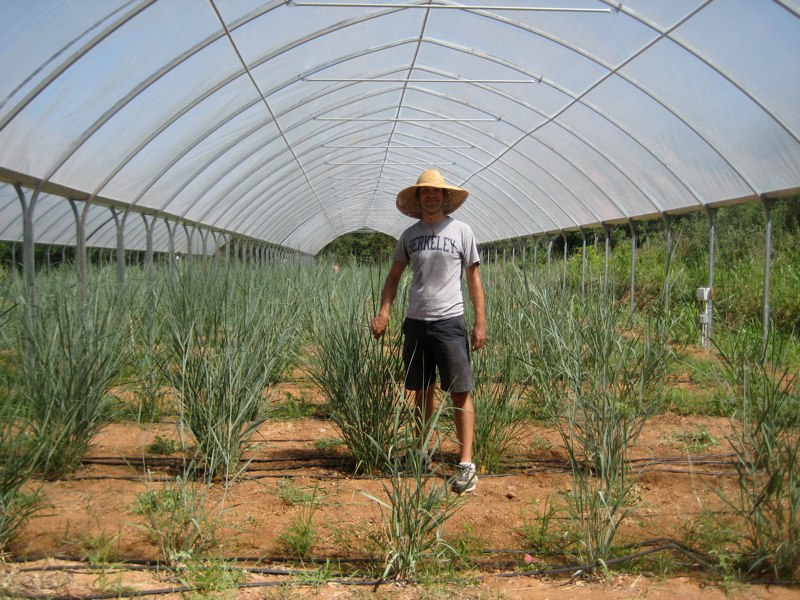A critical challenge of the 21st century is to discover large-scale sources of sustainable energy. While various alternatives to fossil fuels are currently being developed for electricity production (e.g. solar, nuclear, wind), there will also be a continuing need for combustible liquid fuels. Currently, biofuels, either ethanol or biodiesel derived from agricultural crops or dedicated cellulosic feedstocks represent a small fraction of our domestic energy demands. However, the Energy Security and Independence Act of 2007 (P.L. 110-140) has mandated 36 billion gallons of biofuel production by 2022. These mandates cannot be met through corn-based ethanol without reductions in global food security. As an alternative, cellulosic ethanol derived from perennial feedstocks, such as switchgrass (Panicum virgatum), are predicted to bring higher returns on energy inputs (>500%), have greater potential in reducing greenhouse gasses, and are less damaging to ecosystems than corn-based ethanol. Switchgrass requires far fewer fertilizer and water inputs than corn and can be grown on marginal lands. As only limited breeding has been completed in switchgrass, there is enormous potential for improvement in abiotic stress tolerance, yield, and biofuel capacity through conventional breeding and transgenics.
For more info: http://openwetware.org/wiki/Texas_Switchgrass_Collaborative


